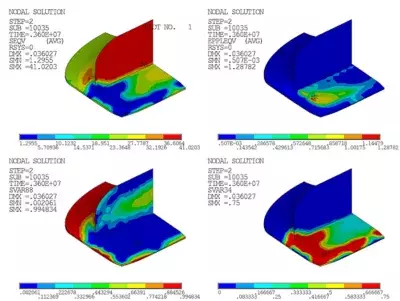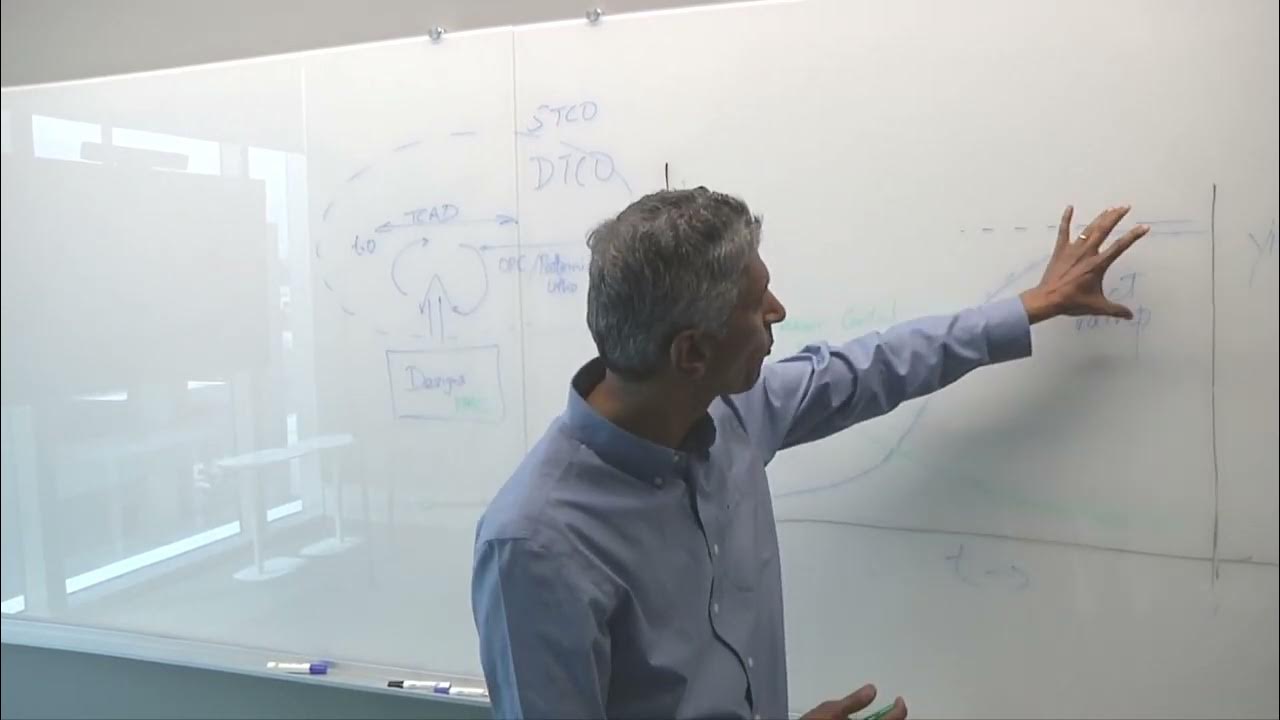

DC motors have high inductance, meaning that the current going over it will resist to change. When you turn off a pair of nmos, current will likely start flowing over the the other pair, from source to drain. Depending on the spec of your nmos, you may consider using diodes in parallel to nmos to carry this current. Obviously these diodes should be reverse biased during normal operation.

















Hold a small piece of metal (paper clip?) between solder pads with a tweezer. Heat up tip of a metal fork/spoon (Sharp edge of fork could work better) on a stove. Take it from stove and use it immediately to melt the solder on one pad (seems like there is already enough solder there). I am not sure if it would work but maybe worth trying. Heating entire fork could be hard, so maybe something with smaller metal mass could work better, like a screwdriver, nail clipper etc).